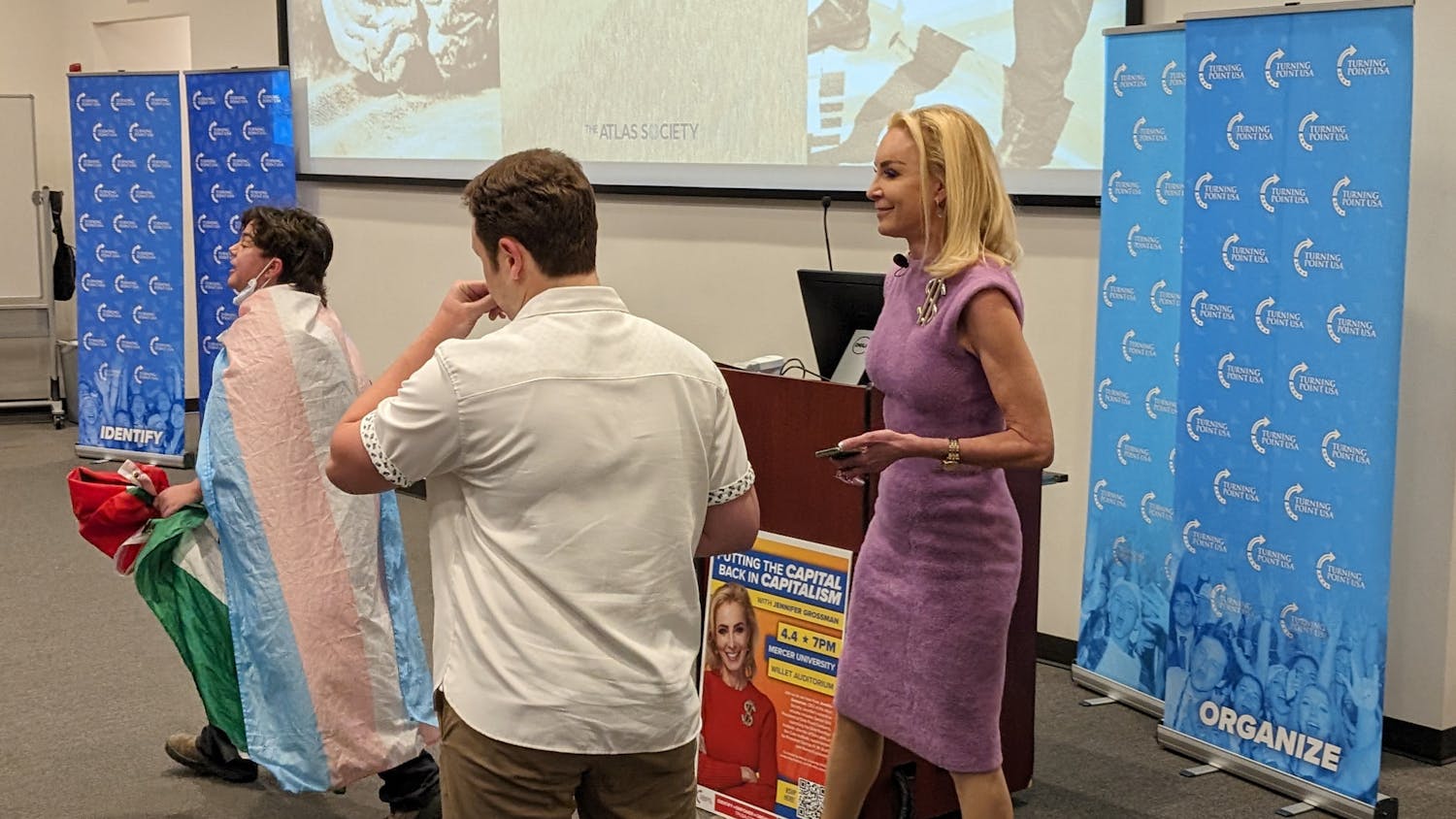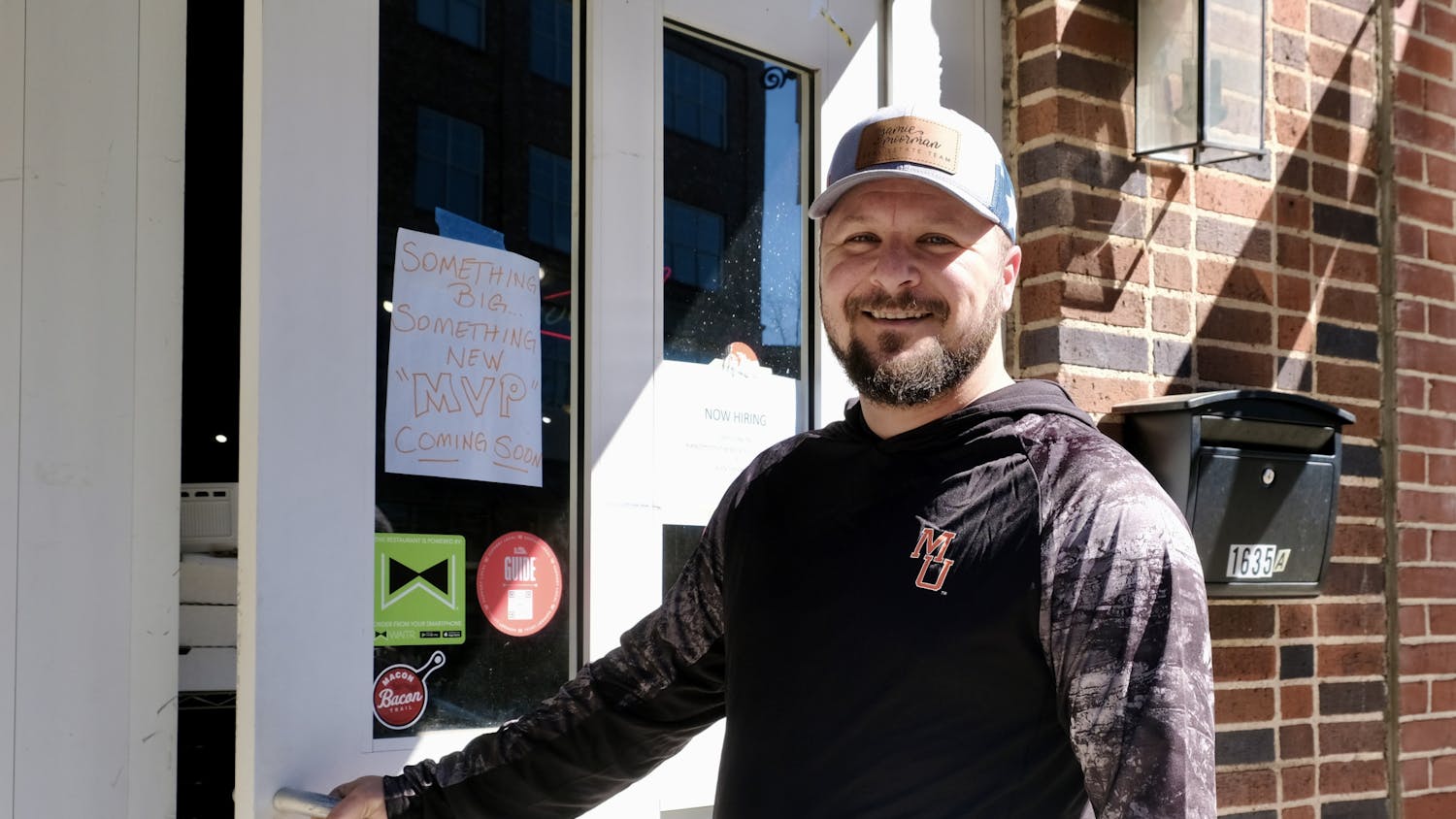Picture what New York or Los Angeles might have looked like 200 years ago. Likely desolate and spare, only foundations and necessities would be in place. An awkward coming of age for a city when the place is grasping for identity and purpose. Such a place exists now but in a much stranger way.
Ordos is a primarily rural region in China, tucked within the pocket of Inner Mongolia near the Gobi Desert. For hundreds of years, the villagers of the area have farmed and cultivated the land with their bare hands. Now, the Chinese Government is stepping in to urbanize the area. The “New Ordos City” is the result of this vast and peculiar project.
Adam James Smith is an English filmmaker with personal ties to China. In his post-graduate exploration of the area, he stumbled across the eerie city that is New Ordos. There he found a substantial metropolis, fitted with malls, condos, high-rises, office buildings and restaurants. The only problem is that no one was there. He described the empty city as a “new-born ghost town, retrofitted for some absent populace.”
The surreal nature of this discovery led Smith to research and document the facts behind the region. He found that the intent of the city was to house the scattered population of the rural workers and their families in the Ordos area. The government had begun to implement a 20-year plan to urbanize the people and to take control of the farmlands. Thus, citizens are being approached by the government, told that they must trade their land for a condo and job in the new city by a specific deadline.
Smith returned a year later to find that the city was substantially populated. In an incredibly short time, a wave of people had immigrated into the city to start new lives there. Without a second thought, Smith knew that he would create a documentary to reveal the bizarre aspects of the city and the perturbed people who were living there.
The documentary primarily focuses on the struggles of the older generations who are attempting to adapt to this unfamiliar lifestyle. Once people who grew all their own food, lived on homemade medicine and never paid a dime for rent, these people now live in these condos neighboring Walmart-style supermarkets.
Many appear lost and confused, unsure of how to spend their time. Smith recounted an example of the older generation attending the single movie theatre to see “Iron Man 3” multiple times a day. The ill-fitted job assignment process has people doing mundane tasks such as sweeping dust from the streets every morning. Where they once had the purpose of farming and livestock patrol, they now only need obscure ways to pass the time.
The government has instituted a number of insufficient services such as pep rallies and disco clubs. Yet, seeing the bored old farmers look in befuddlement upon these odysseys only strikes one with a pungent feeling of absurdity.
Smith found his presence unwelcome. To be able to film, he had to ask permission from the Chinese government and to get approval for every scene. Only one hotel would house him during his stay, and there were no fully functioning restaurants to eat at.
Smith believes that the Chinese government was scared by the global financial crisis of 2008. China realized then that it could no longer be dependent on foreign trade and needed to develop some domestic demand to boost its internal economy. Thus, it wants to push this large rural population into places where they desire to buy goods such as electronics, fast food and media. Furthermore, the government hopes to acquire the land for purposes of controlled industrial farming.
The last image seen in the film is of an old man wandering alone through the desolate streets of the city. He had set out to find a job but then figured that his time was better spent enjoying the sunset.
This peculiarity is one that we can hardly imagine in the world that we know today. Yet, such an eerie situation exists, and the truth of it is rather unsettling. Smith believes the city will be in full-gear within another seven years, at which point the rapid modernization process will be complete. We have plenty of questions, and it won’t take long before we see the ultimate result.




